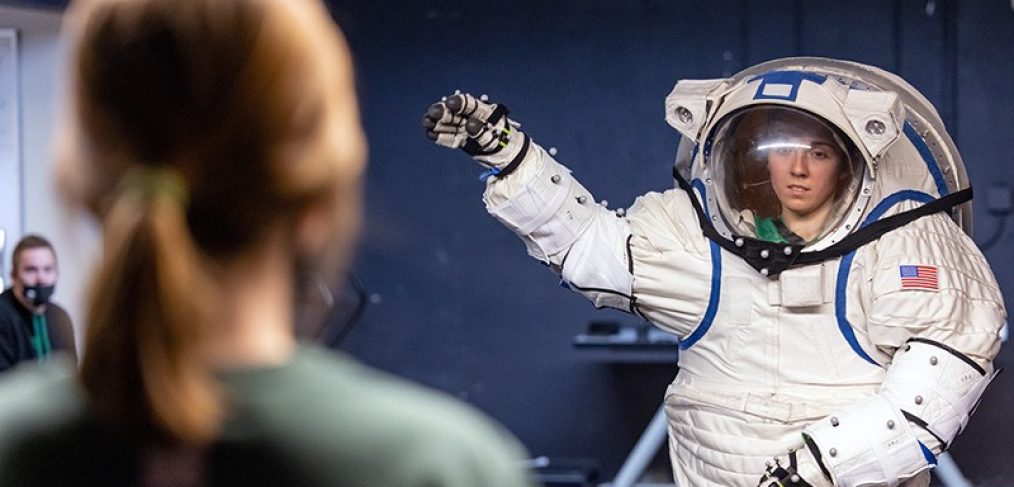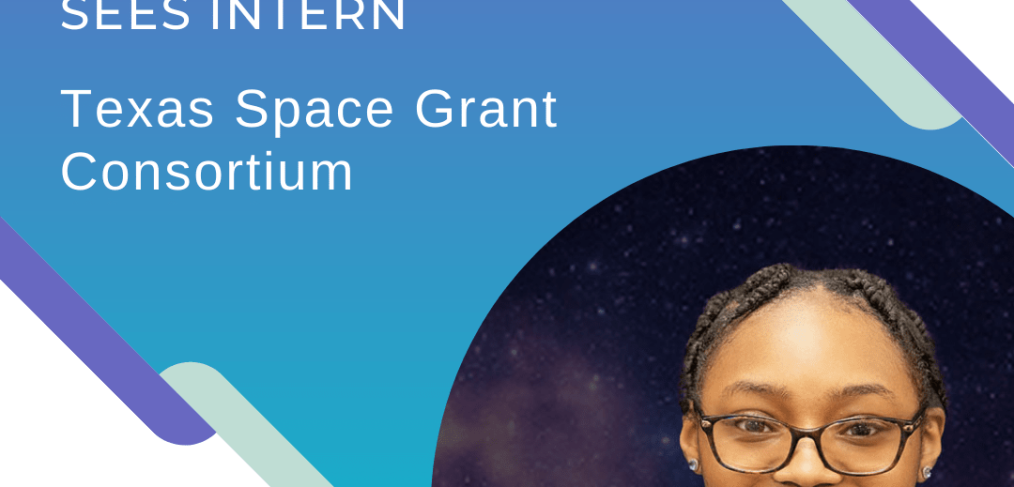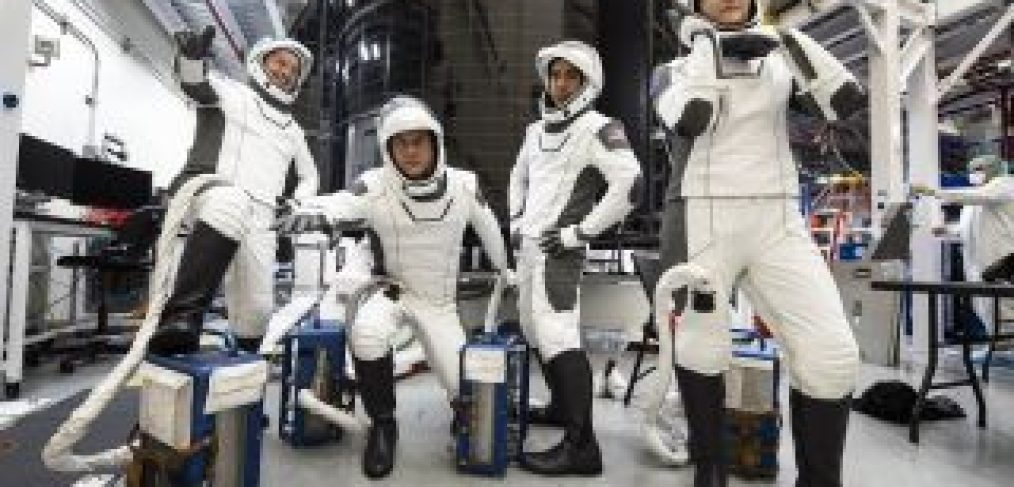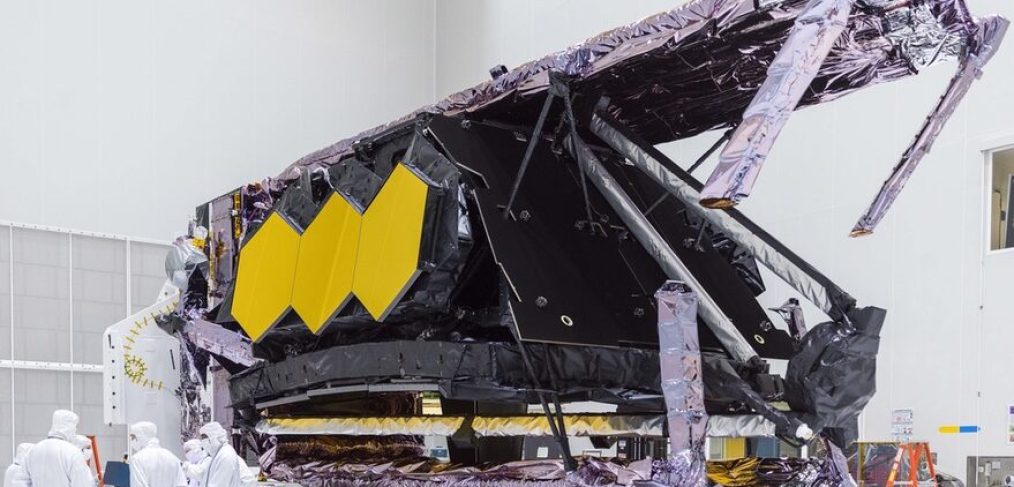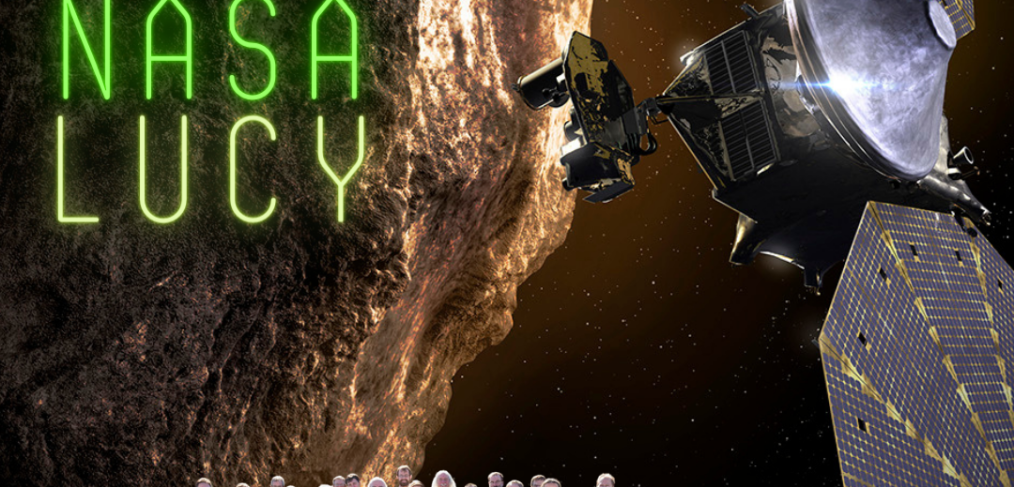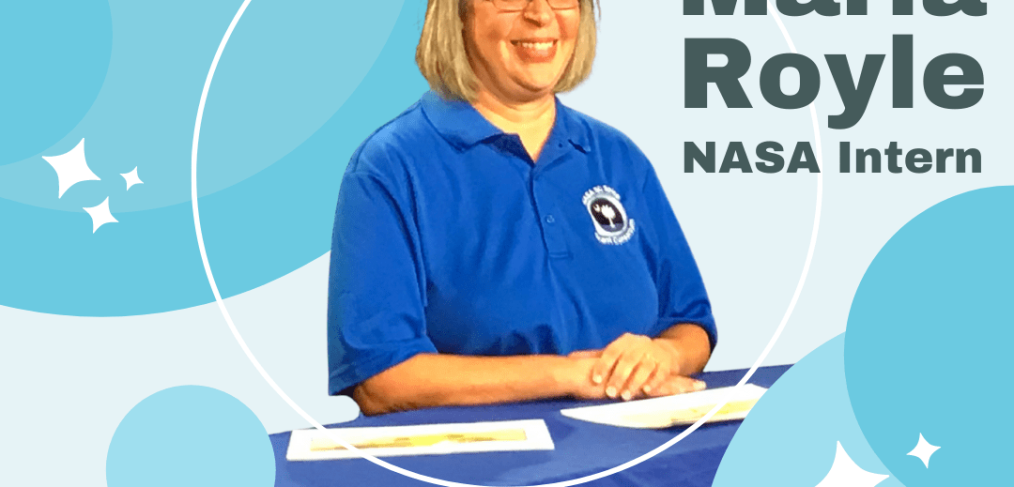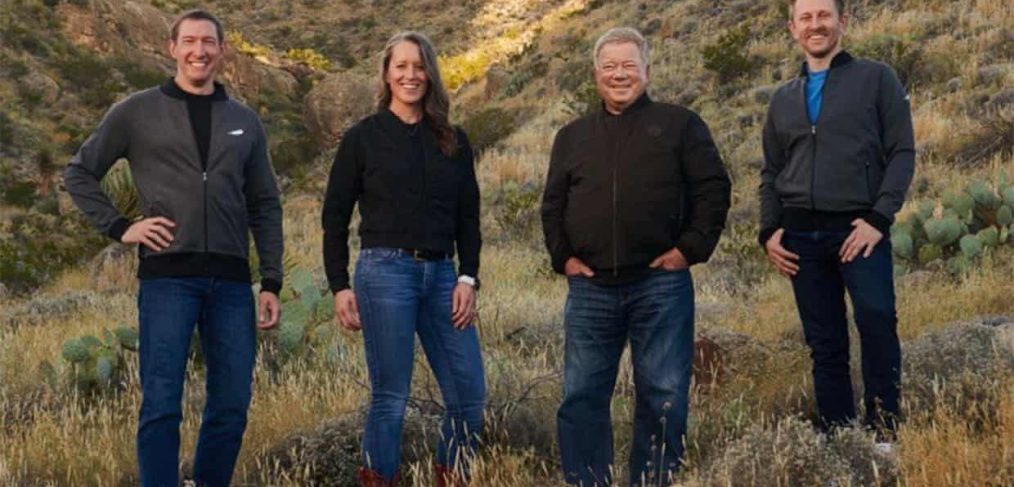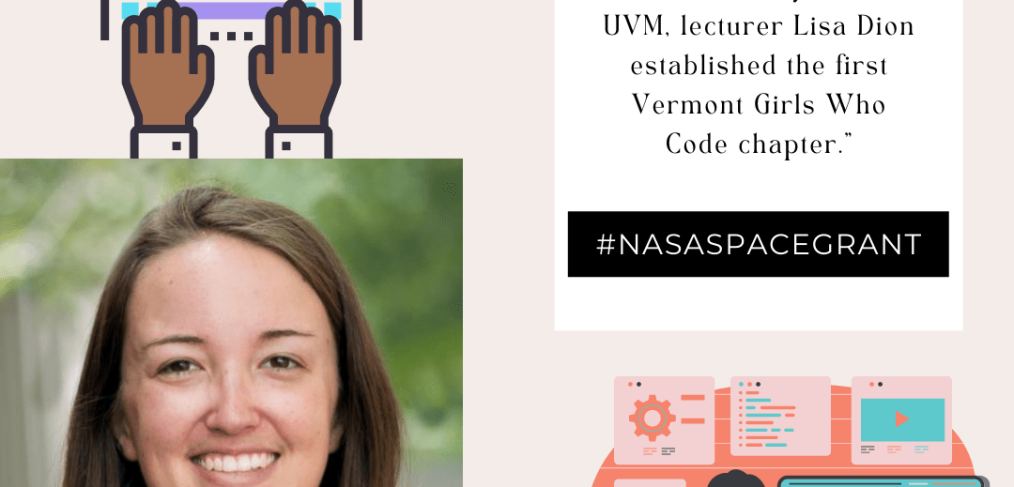That’s the Big Dipper. That’s the Little Dipper. And not so long ago, that’s about as deep as Lake Region State College graduate Liz Deckert wanted to dip into space science.
But that was before the kinesiology major and future chiropractor transferred this fall to the University of North Dakota, where she landed a NASA-funded Bridge Fellowship through the North Dakota Space Grant Consortium.
Now, just a few months into her junior year at UND, the space rookie from Devils Lake is doing cutting-edge research for NASA’s next-generation spacesuit.
More specifically, she’s testing upper mobility acceleration and range of motion for a spacesuit developed by Final Frontier Design, a company that already has three spacesuit components — boot, hip and waist joints — booked for the next trip to the moon. And though experts have questioned whether the mission will be ready for a 2025 launch, when it eventually does blast off, Artemis 3 is expected to be the first “crewed” lunar landing in more than half a century. The last one was Apollo 17 in 1972.
Read both UND Today articles on the NDSGC Bridge Fellowship program’s latest awardee, student Liz Deckert:
- http://blogs.und.edu/und-today/2021/12/space-grant-consortium-wants-to-boost-student-numbers/
- http://blogs.und.edu/und-today/2021/12/bridge-fellowship-connects-students-to-stem-research/
Image credit: Mike Hess/UND Today


